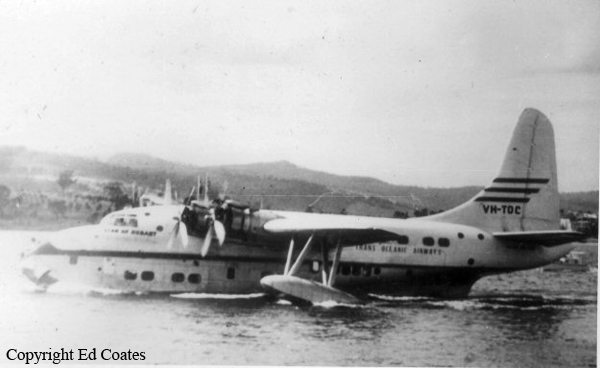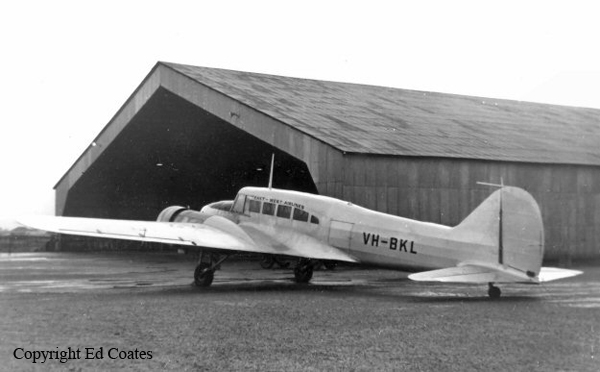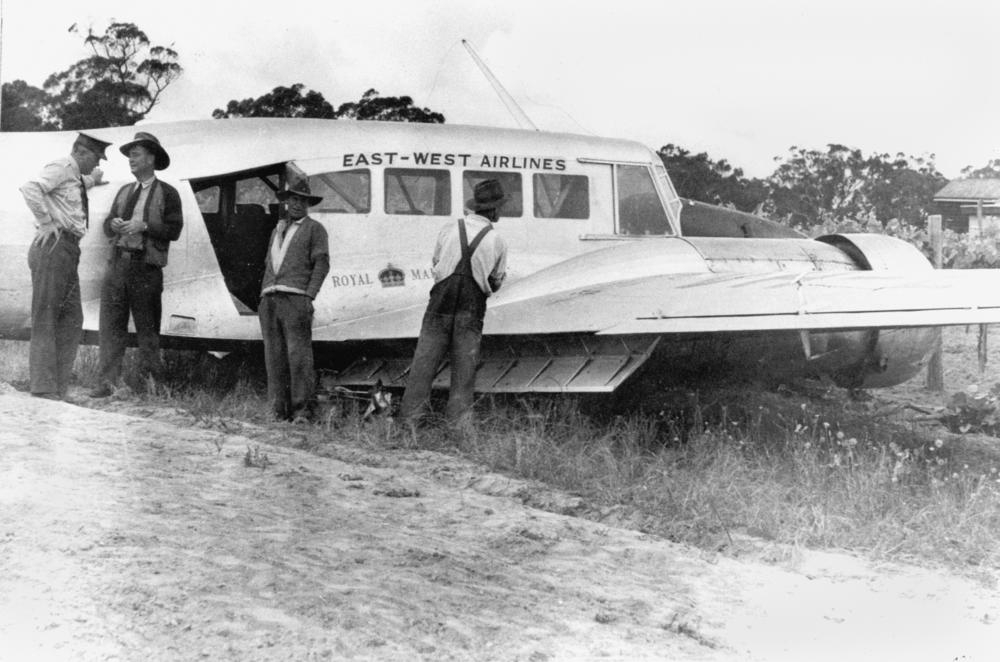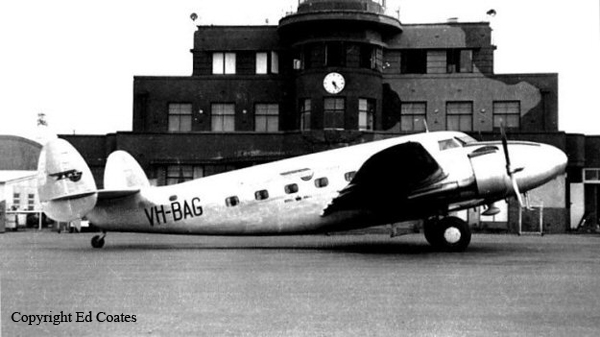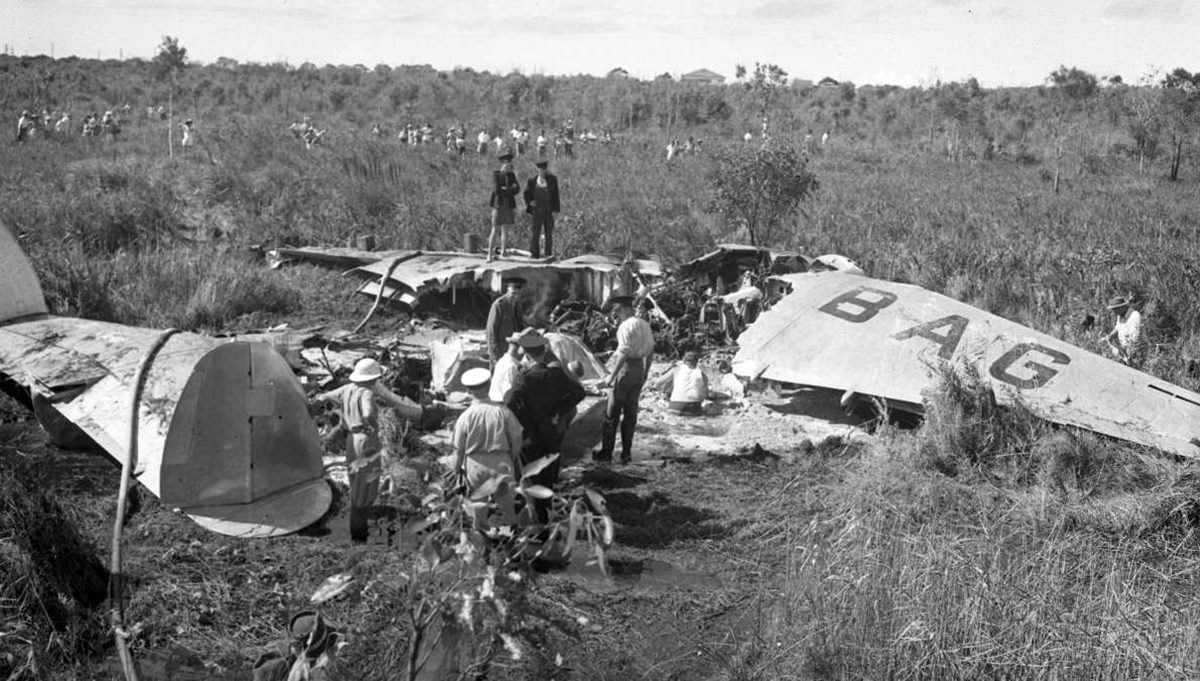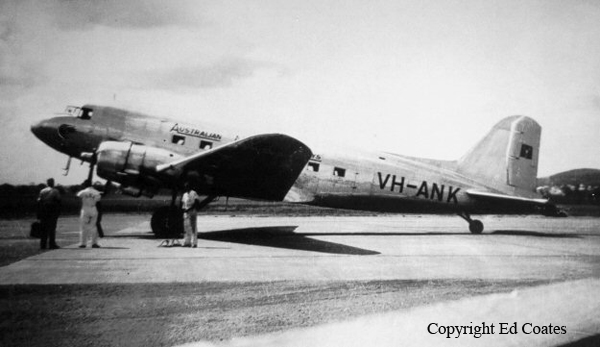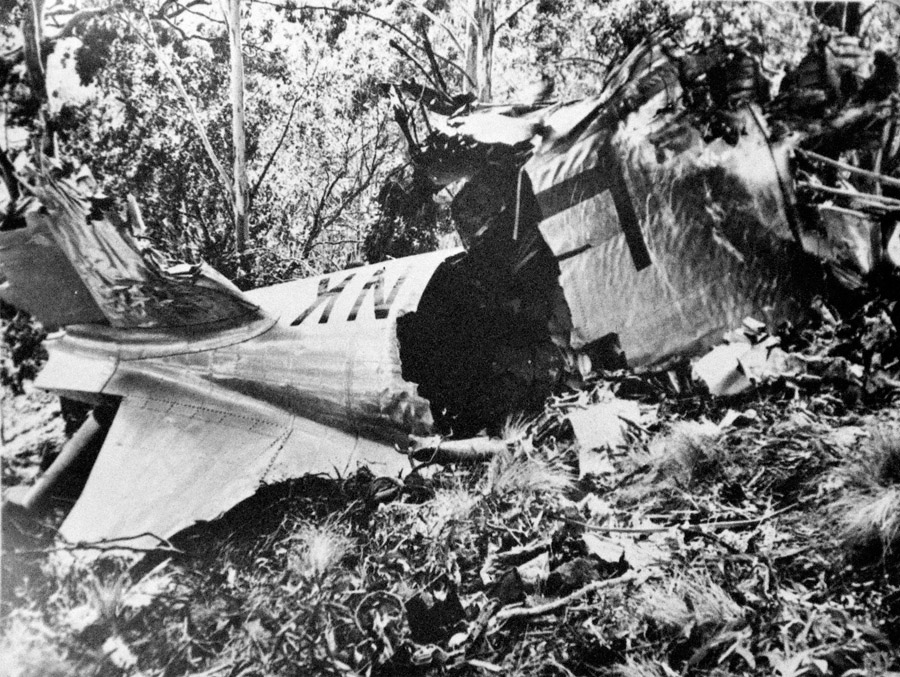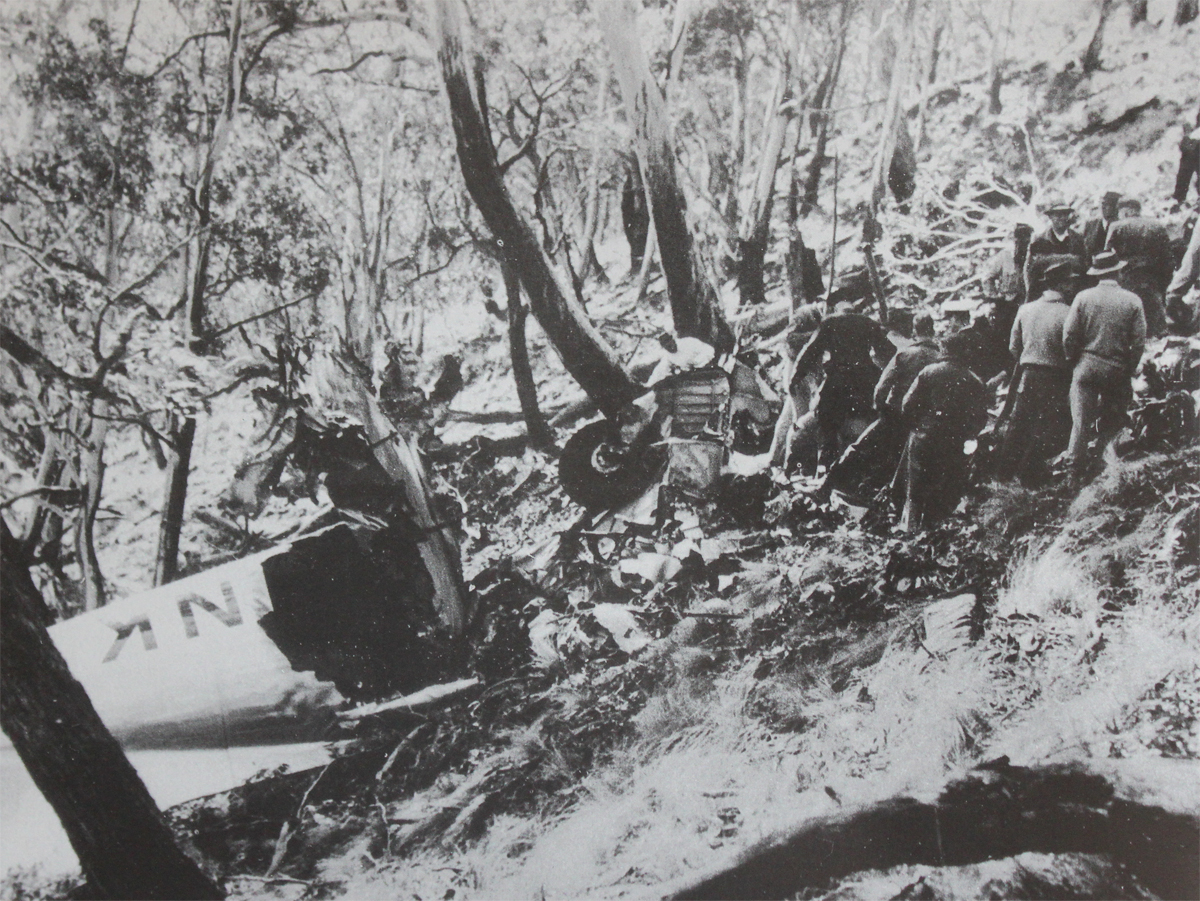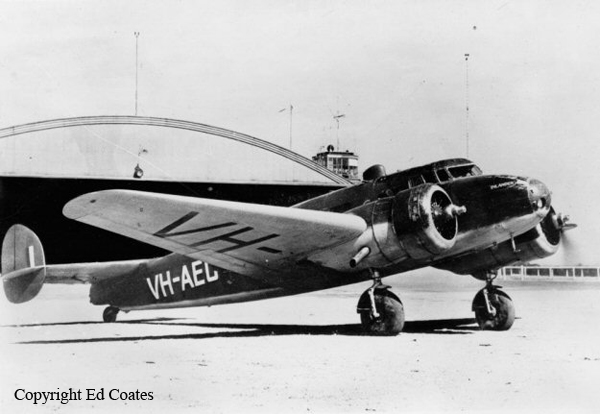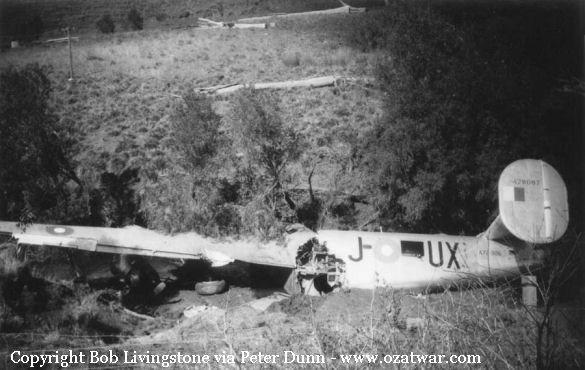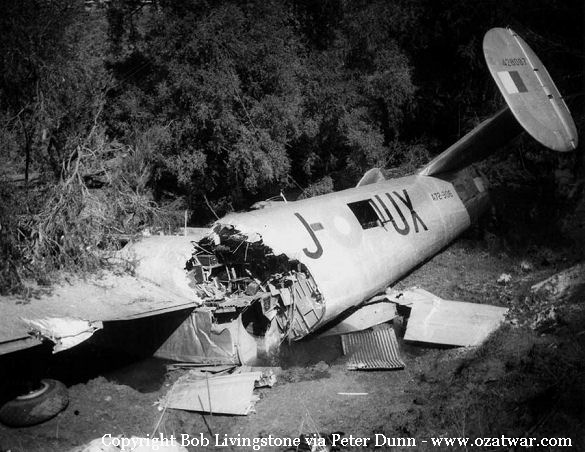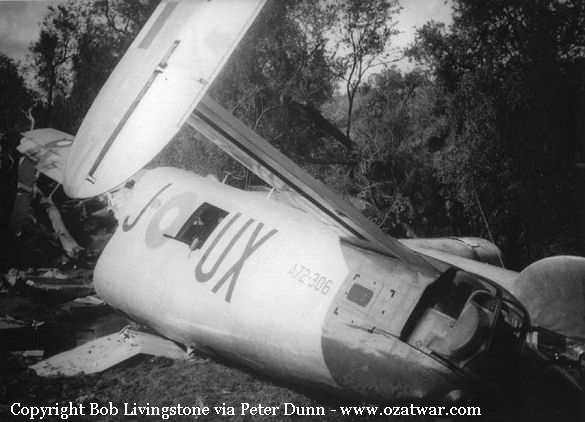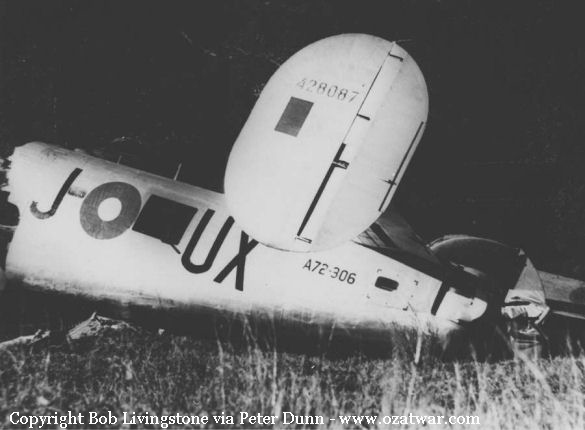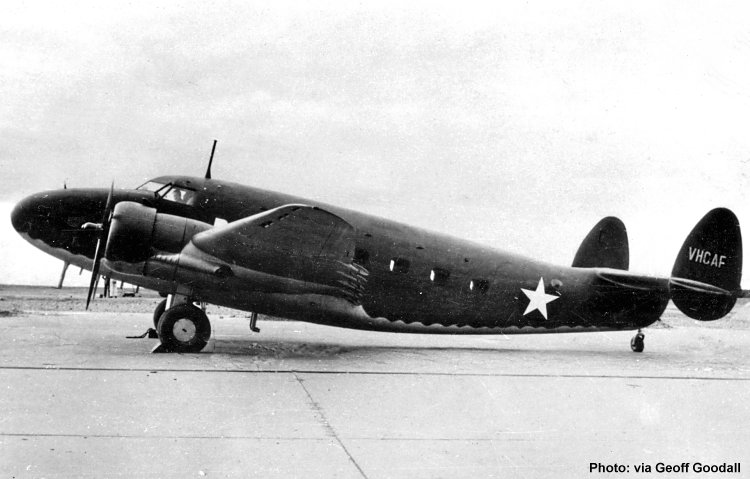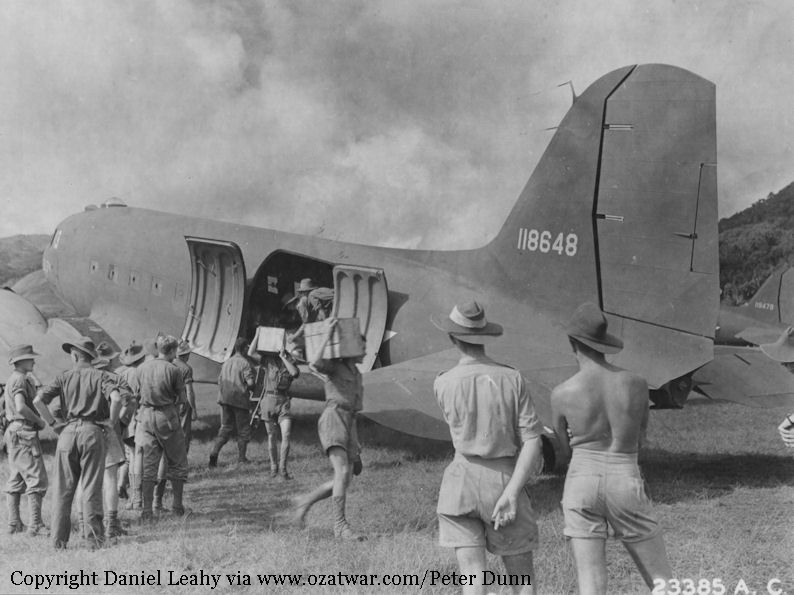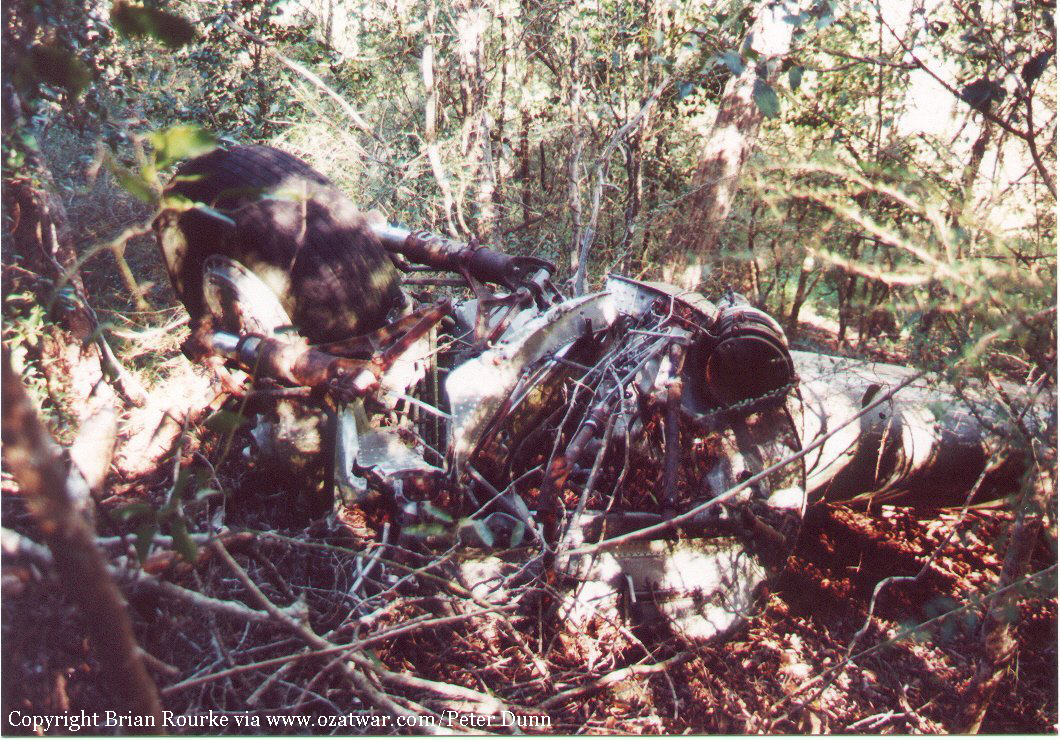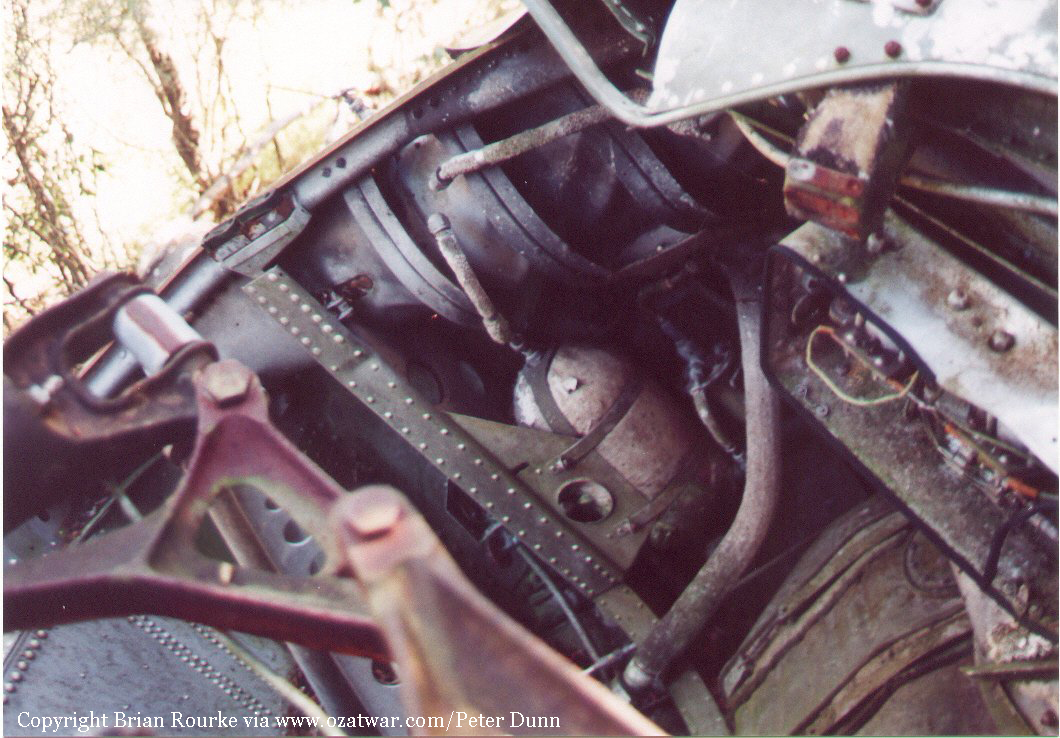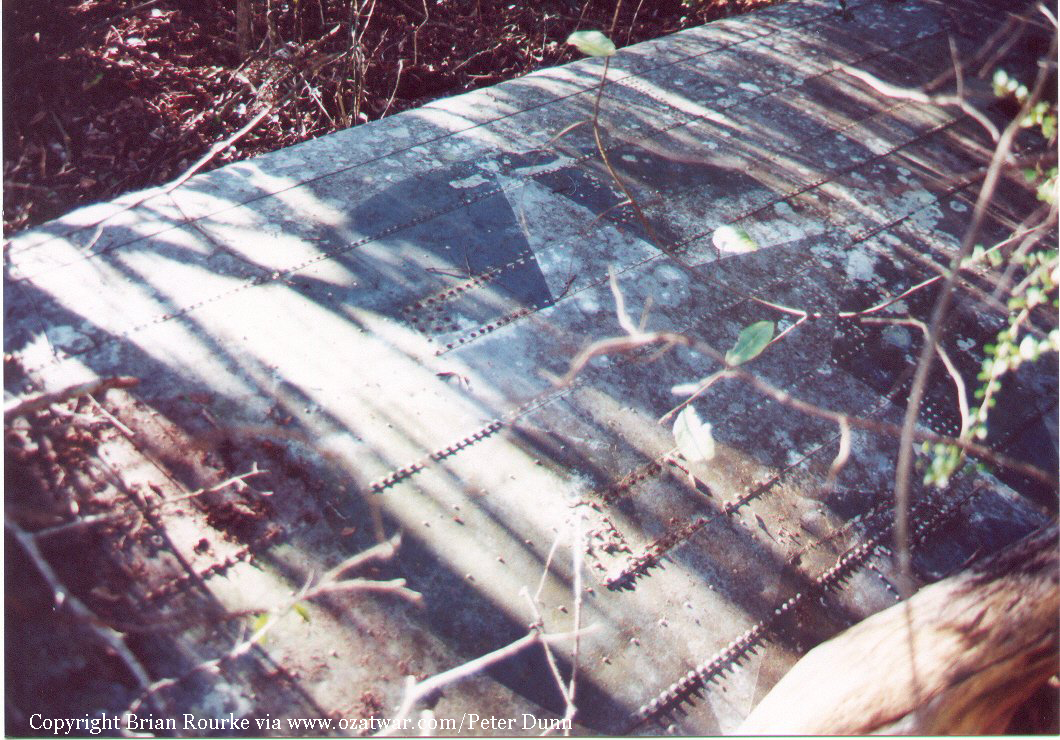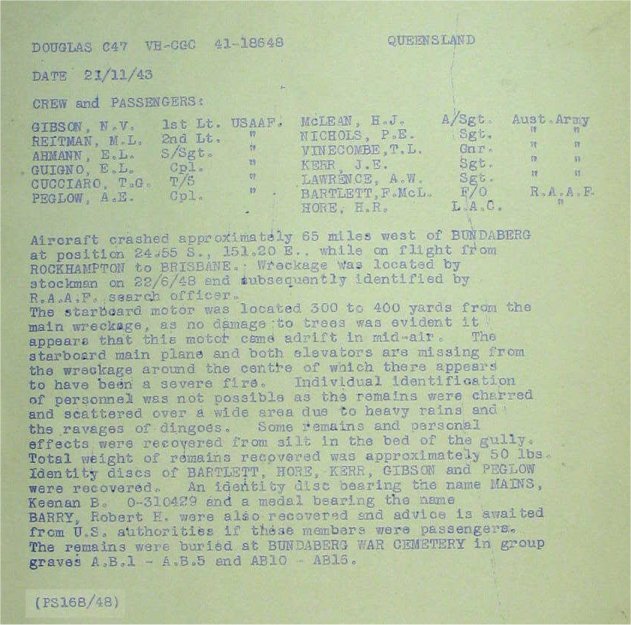Crash of a Short S.45 Solent 3 off Brisbane
Date & Time:
Oct 28, 1951
Registration:
VH-TOC
Survivors:
Yes
Schedule:
Brisbane – Port Moresby
MSN:
S.1308
YOM:
1945
Crew on board:
4
Crew fatalities:
Pax on board:
0
Pax fatalities:
Other fatalities:
Total fatalities:
0
Circumstances:
The takeoff procedure from the Brisbane River was completed by night. After liftoff, while climbing to a height of 5 meters at a speed of 110 knots, the seaplane hit a davit on the stern of a moored dredge, causing the right wing to be cut off for about 6.7 meters in line with the float. The fuselage was also badly damaged in different points. The crew abandon the takeoff and was able to park the airplane on the beach. All four crew members were unhurt but the aircraft was later considered as damaged beyond repair.
Crew:
Cpt K. H. Goddard,
Cpt P. H. Mathieson,
F/O J. Cole,
F/O R. Bush, flight engineer.
Crew:
Cpt K. H. Goddard,
Cpt P. H. Mathieson,
F/O J. Cole,
F/O R. Bush, flight engineer.
Probable cause:
It was reported that the takeoff procedure was attempted in strong winds and that the crew failed to observe the obstacles in due time.
